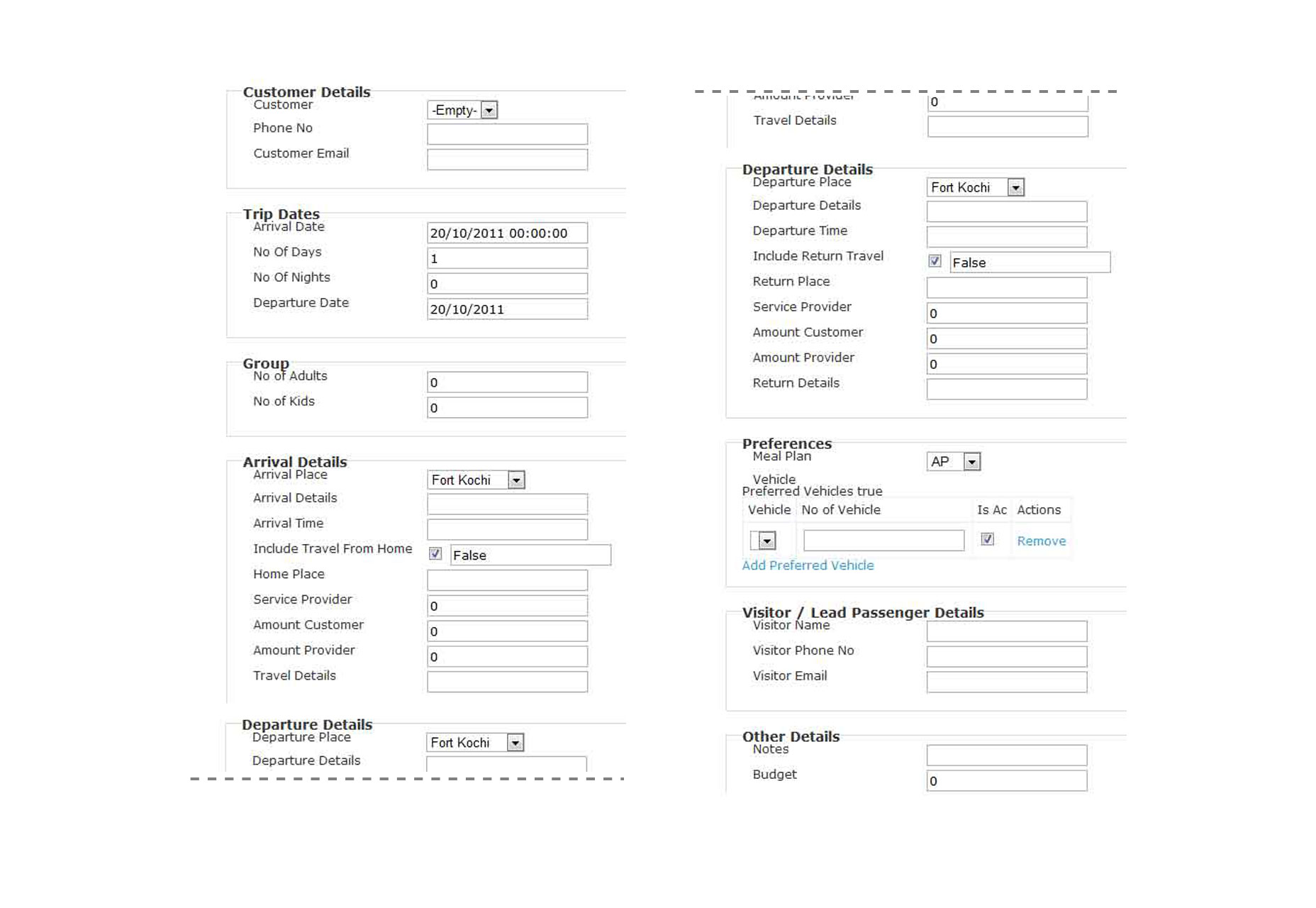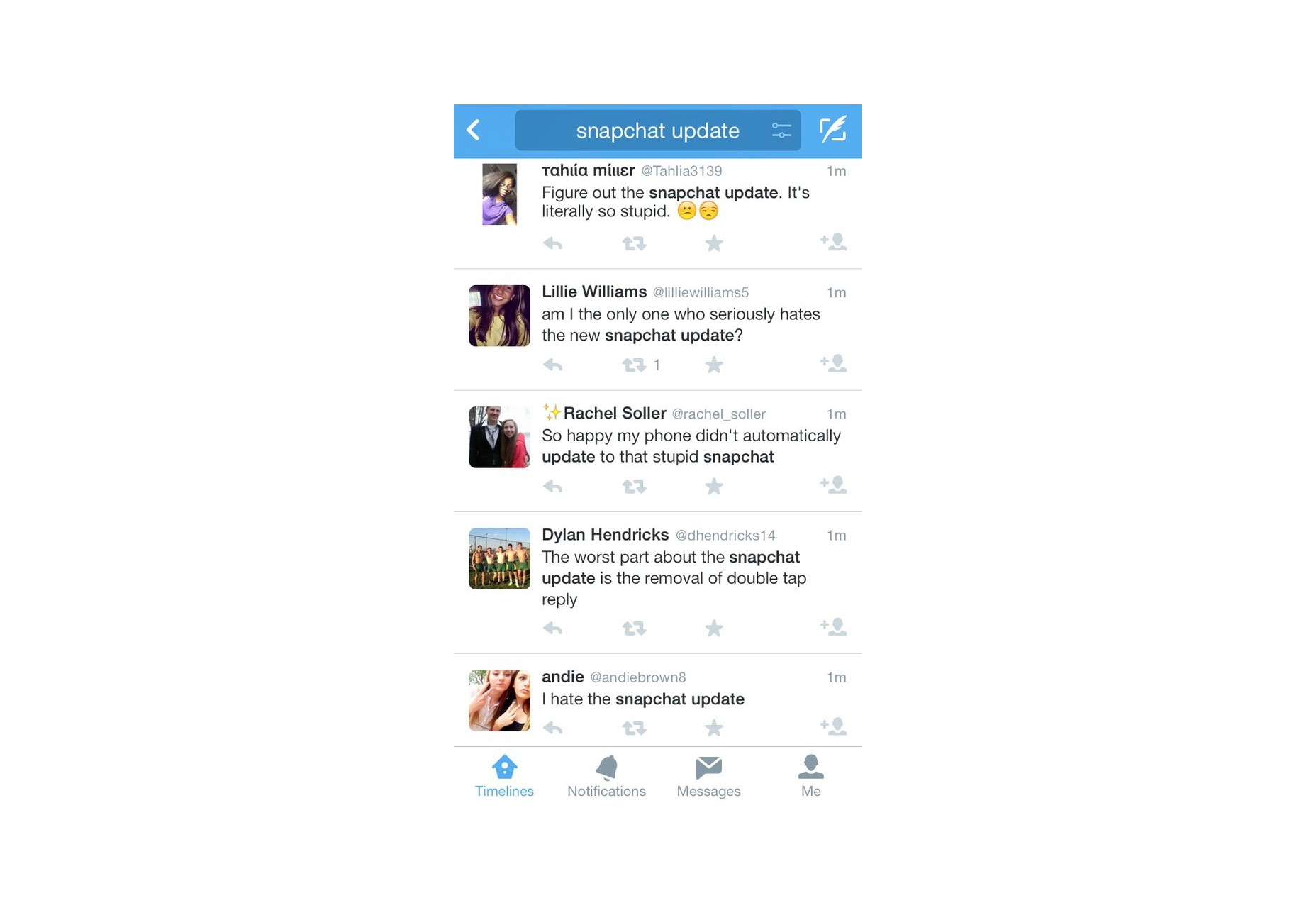The Paradox of Good UX Becoming Counterproductive
There are instances where setting aside the pursuit of perfect UX and embracing a less user-friendly design could be the strategic move. You see, ‘good’ UX isn’t synonymous with ‘appropriate’ UX. Why would experts who have seen the tangible benefits of UX suddenly decide to shift gears? Simply because, at times, users expect and even benefit from decisions that seemingly go against the grain. Though they may voice their displeasure, deep down, they understand and trust your judgment. These moments are when good UX, applied incorrectly, transforms into bad UX. But, when might you intentionally choose a ‘bad’ UX design?
1. Using ‘Bad’ UX to Filter Your Audience
You’re likely familiar with lengthy forms similar to this:  Common wisdom suggests users shy away from such forms. However, take the insurance industry for example – people meticulously complete in-depth forms while shopping for policies. What does this imply? Your strategy towards UX must hinge on the nature of your audience. Seeking highly motivated, top-tier users? A challenging UX could be the filter you need. Longing for broader participation? Then streamlined and user-friendly UX is the way to go. Those who persevere through a cumbersome interface signal their higher level of engagement and value to your platform. And who might these users be? They can range from:
Common wisdom suggests users shy away from such forms. However, take the insurance industry for example – people meticulously complete in-depth forms while shopping for policies. What does this imply? Your strategy towards UX must hinge on the nature of your audience. Seeking highly motivated, top-tier users? A challenging UX could be the filter you need. Longing for broader participation? Then streamlined and user-friendly UX is the way to go. Those who persevere through a cumbersome interface signal their higher level of engagement and value to your platform. And who might these users be? They can range from:
- Individuals eager to provide detailed feedback
- Customers inclined to spend more
- Users facing significant, undetected issues
- Users on outdated versions of your product
If your goal is to swiftly discern the dedicated from the casual, consider employing a ‘bad’ UX design as a strategic hurdle.
2. When User Feedback Clashes with Data Insights
Snapchat’s overhaul in 2014 is an excellent case study. They added texting and video chat functionalities, but contrary to expectations, their primary demographic, teenagers, weren’t thrilled. Take a look at the initial backlash they faced:  Nevertheless, Snapchat stuck to its guns and user growth surged, showcasing that user actions can speak louder than their words. Both Facebook and LinkedIn have had similar experiences, where despite initial pushback, data indicated positive user behavior. This highlights an intricate dance between heeding user feedback and observing actual usage patterns.
Nevertheless, Snapchat stuck to its guns and user growth surged, showcasing that user actions can speak louder than their words. Both Facebook and LinkedIn have had similar experiences, where despite initial pushback, data indicated positive user behavior. This highlights an intricate dance between heeding user feedback and observing actual usage patterns.
3. Strong-arming Users for Their Own Good
Security measures are a prime example of an area where good UX takes a backseat to user protection. The ongoing battle with password creation illustrates this well. Users understand the principles of a strong password, yet often choose convenience over security. Experienced designers and developers push back, enforcing stringent password criteria for the ultimate benefit of the user. Consider Microsoft’s aggressive push towards upgrading users to Windows 10 – a decision partly based on security imperatives in the face of increasing cyber threats. Though it might seem overbearing, such choices prioritize user safety over UX comforts. Here lies the notion that sometimes, you need to step up and make the tough decisions users may resist but ultimately need.
Should You Ever Abandon UX Altogether?
The answer is not to forsake UX entirely, but rather to adjust it according to the context. Think of it as a volume control, where you dial down the UX from a 7 to a 2, rather than turning it off. So, when is it appropriate to take your hands off the UX wheel?
- When separating the wheat from the chaff: A complex UX can act as a filtration system, isolating the truly dedicated users from the rest.
- When data conflicts with user opinions: User feedback is invaluable, yet at times, their behaviors tell a more compelling story. Trust the data.
- When user security is at stake: Sometimes, safeguarding your users means sacrificing convenience and making the hard choices for them.
It’s not about abandoning UX, but being discerning about when and how to apply it.
When UX Design Doesn’t Equate to Good Design
The golden rule in the design world heralds good UX as the cornerstone of a successful digital experience. Remain user-focused – that’s the mantra. However, adhering to this principle without scrutiny can lead to unexpected pitfalls. Most of the time, a good UX is indeed essential, but now and again, what’s needed is thoughtfulness in applying UX principles. Balance is key, and recognizing the right circumstances is essential for maintaining that equilibrium.

